Need a fun science experiment for kids that is perfect for summer and outdoor science? Then check out this exploding Ziploc bag experiment for kids! They’re going to be amazed at how simple and fun science can really be!
We love to do this simple experiment because it’s just a really fun learning process to see. The kids love this fun science experiment because they actually get to create something that explodes!
(Make certain to always be safe with this fun science experiment for kids. Parent supervision is needed and talk to your children about staying back to watch it as well.)
Exploding Ziploc Bag Experiment – Fun Science Experiment for Kids
This exploding Ziploc baggie science experiment is an experiment in chemical reactions, and will have your kids begging to do the experiment over and over again!
The good news? It’s so simple and easy to do that you’ll have no problem saying yes. Plus, they’re learning as well which is awesome.
Rainbow Colors
Science experiments are a favorite in our house, hence why Fun With Mama has a YouTube channel filled with science experiment ideas for kids.
Check out the Fun With Mama’s Kids YouTube Channel here.
The science of the exploding Ziploc bag experiment:
If you’re wondering how this fun science experiment for kids works, follow along below to see the steps. We also really enjoyed this Air Pressure Balloon Science Experiment as well. And if you’re looking for more summer ideas for the kids, make certain to check out these 50 Summer Activities for Kids, too!
How to do this fun science experiment for kids:
Baking soda is a base and vinegar is an acid. When these two materials mix, they create a chemical reaction that gives off CO2 gas. This gas builds up inside the sealed bag, eventually becoming too great for the plastic baggie seal, which explodes open into the sky, releasing the gas.
What you will need for this fun science experiment for kids:
- Plastic baggies (we found that the store brand bags work best because they don’t hold their seal quite as tightly!)
- Baking soda
- Vinegar
- Food coloring (optional- if you do this, make sure the kids stay away from the bag while it is expanding or they might get stained clothing that won’t wash out- if you want to avoid any mess, just skip this step)
- Tablespoon
- Coffee filter
How to do the exploding Ziploc baggie science experiment:
Pour ½ of a cup of vinegar into your plastic bag (we used quart size, if you use a larger bag, you may need more vinegar before the bag will explode). Add a few drops of food coloring if desired. As mentioned above, if you don’t want to risk stained fingers or clothes, just leave the vinegar clear.
Place a tablespoon of baking soda into the coffee filter. Wrap up the baking soda into a little package so the baking soda powder can’t escape from any corners.
Take the bag and baking soda packet outside.
Hold the baking soda packet in one hand and place it inside the bag. Don’t let the baking soda packet touch the liquid.
Seal the bag.
Drop the bag onto the ground and get back about 20 feet.
Watch as the bag inflates. In some cases, it can take some time to build up pressure enough to explode. Other bags explode within seconds.
If your bag hasn’t exploded after 2 minutes, you may not have put in enough baking soda and vinegar. Try again, adding more baking soda and vinegar.
The bag will explode with a loud pop once the pressure is high enough.
The baking soda mixture will shoot into the sky and back down again (which is why you want to stand back!). This fun science experiment for kids will have the kids laughing, loving science, and ready for more!
I hope you enjoyed the exploding Ziploc baggie experiment for kids. It’s also a good time to talk to them about recycling and picking up trash or debris from the experiment, too.
This fun science experiment for kids is great for a learning lesson during the summer months that don’t actually feel like one. Homeschoolers can also use this as a great science outdoor activity, too! Don’t let summer slide happen if you can stop it and doing fun science experiments as this one can help.
If you like this fun science experiment for kids, here are some other great ideas and activities as well:


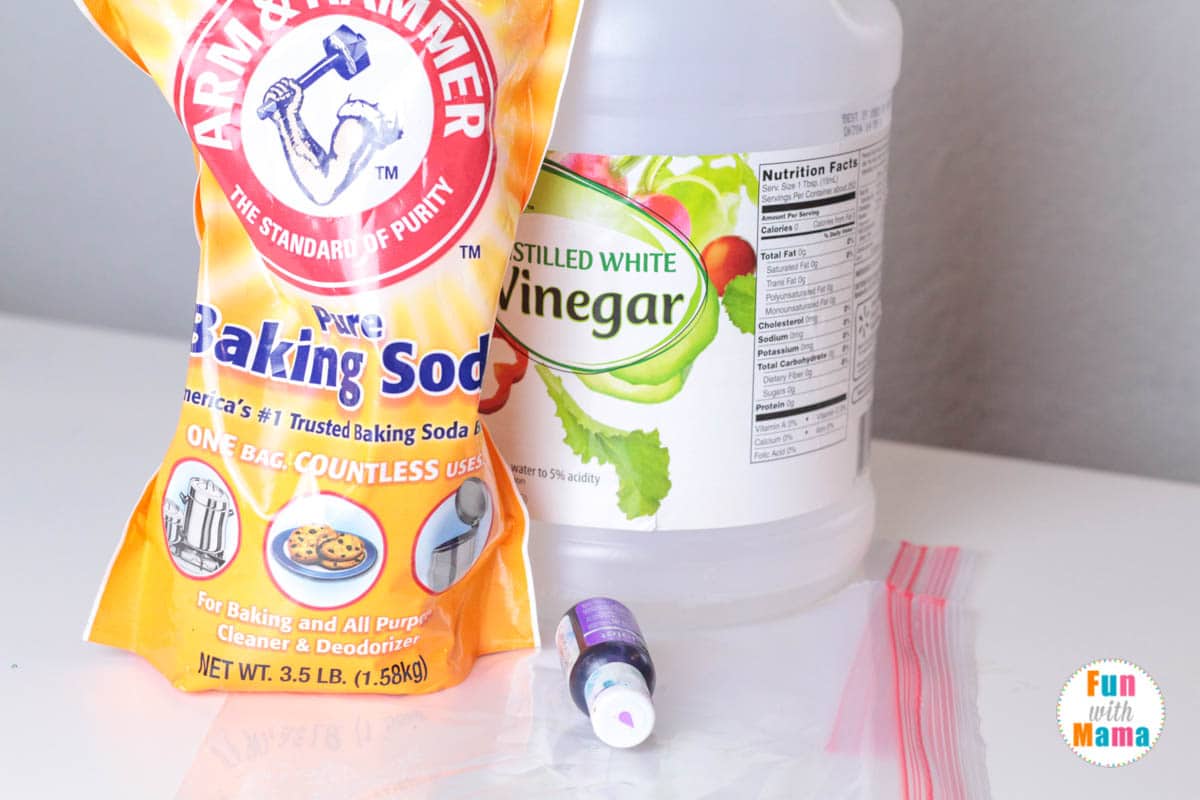
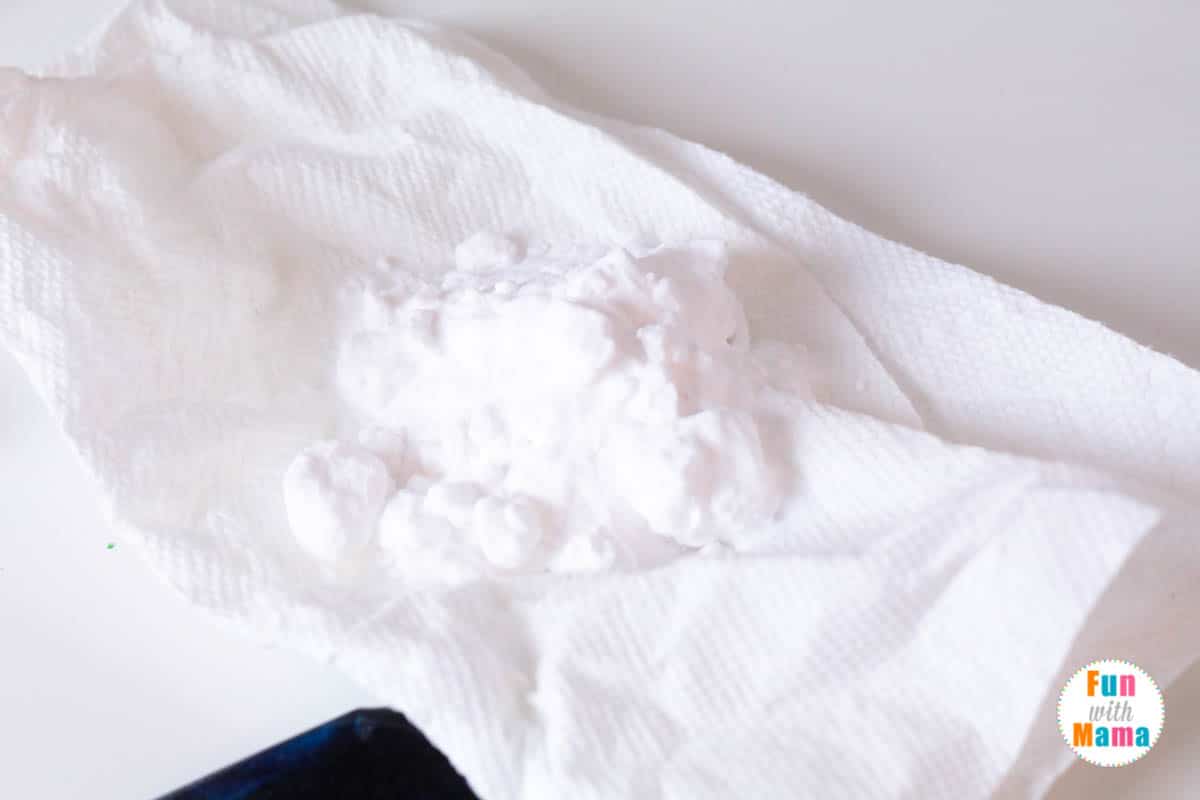
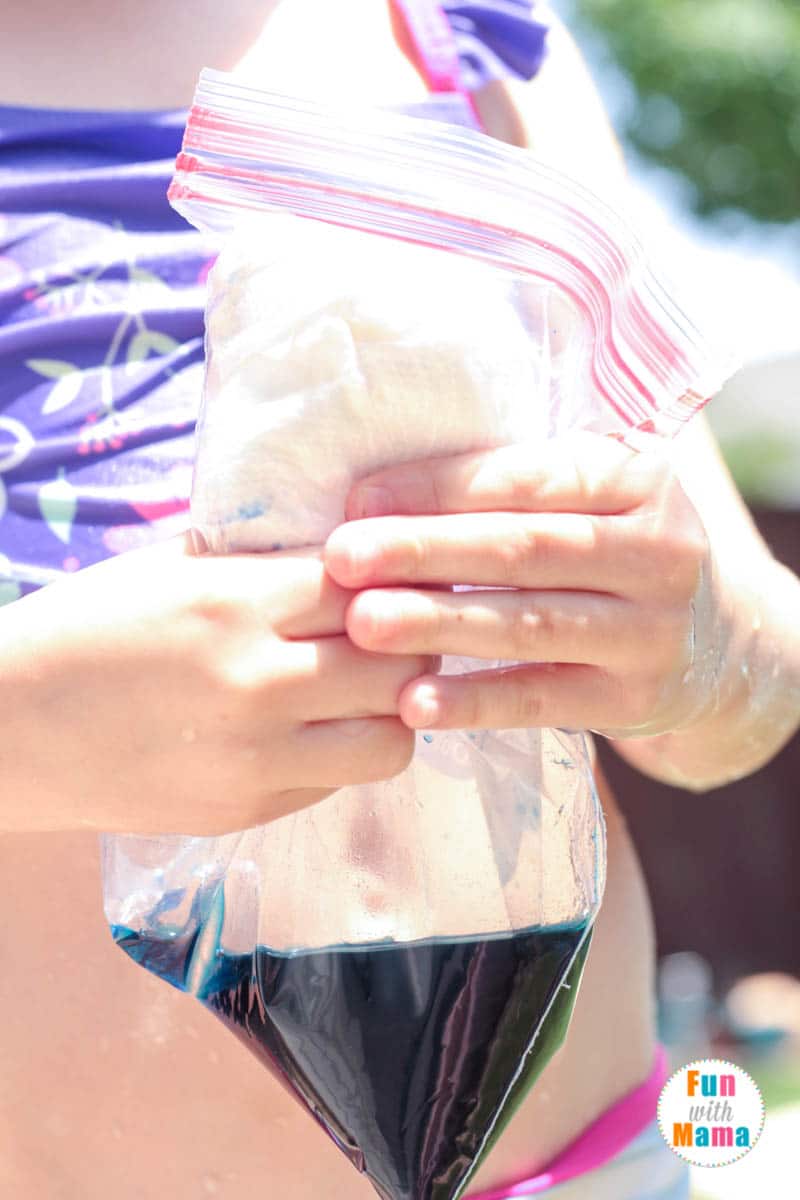
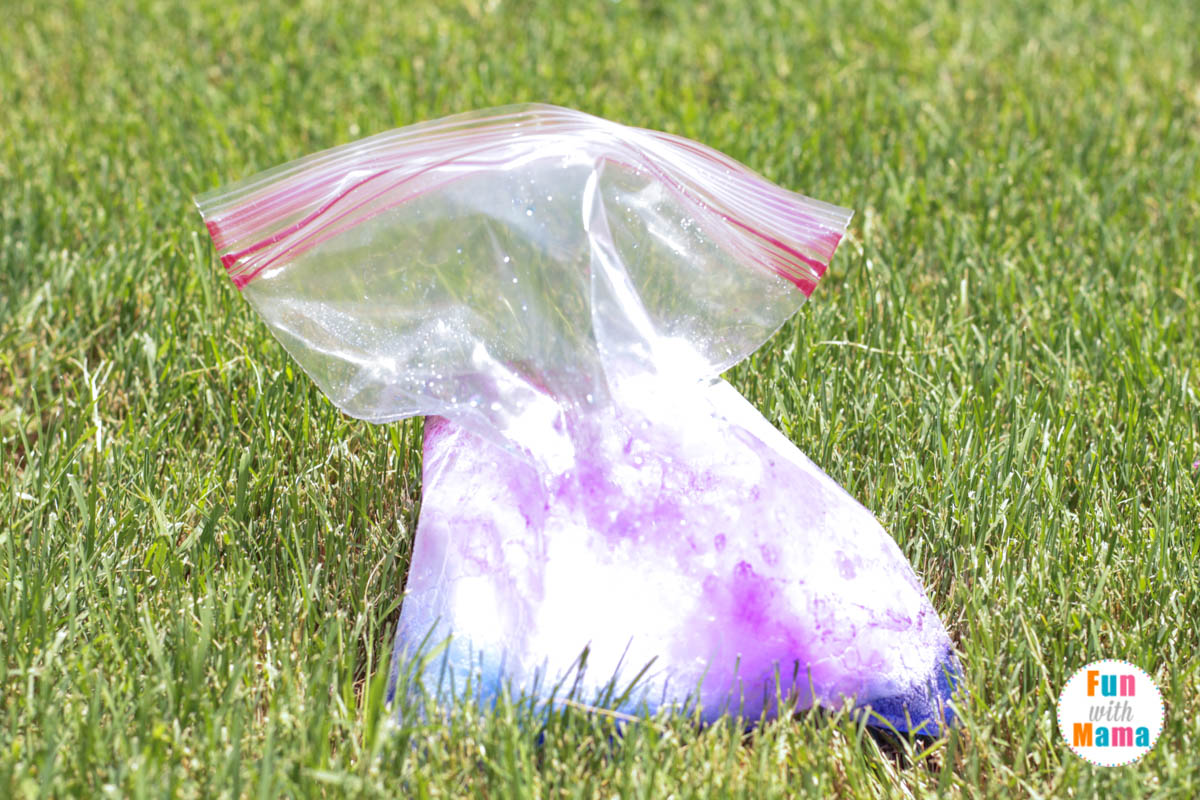
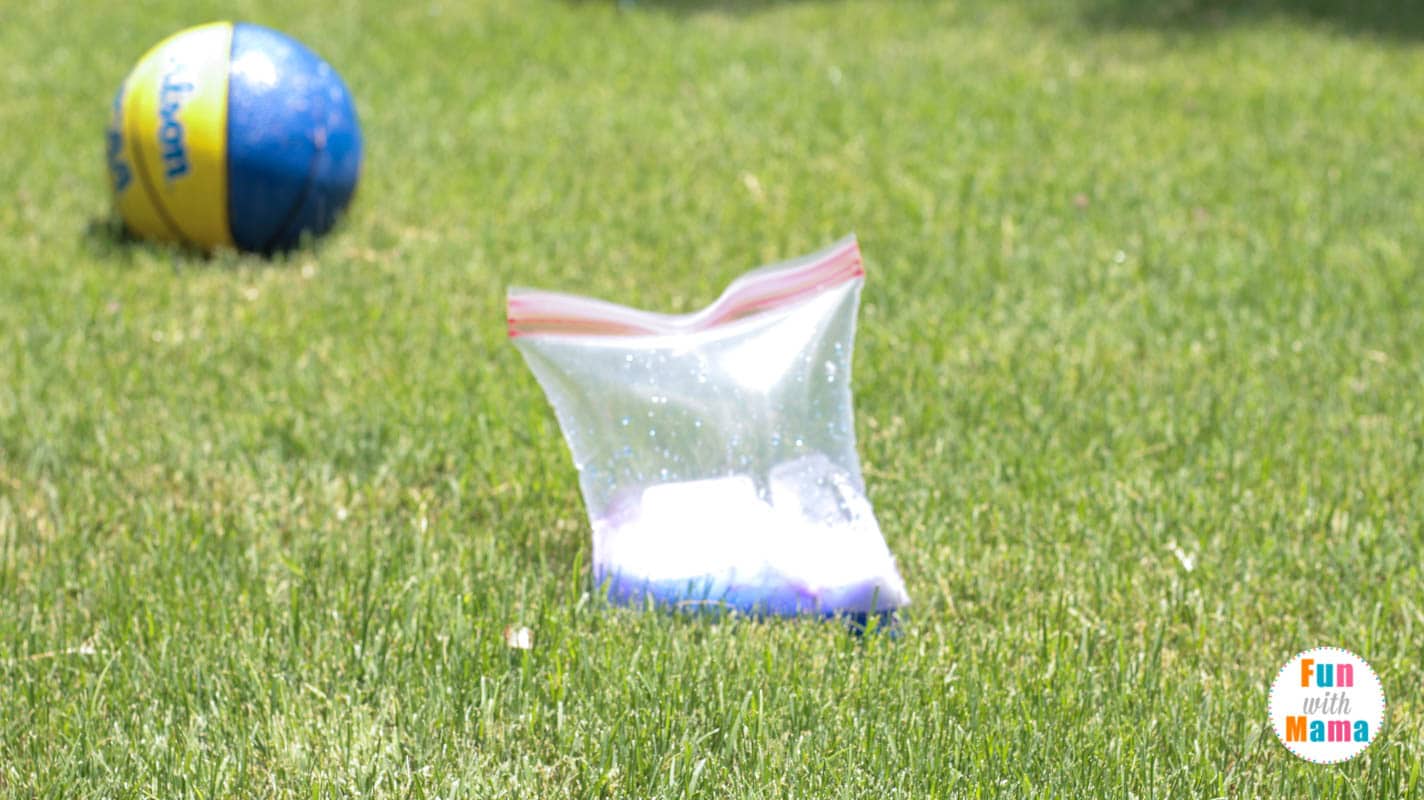
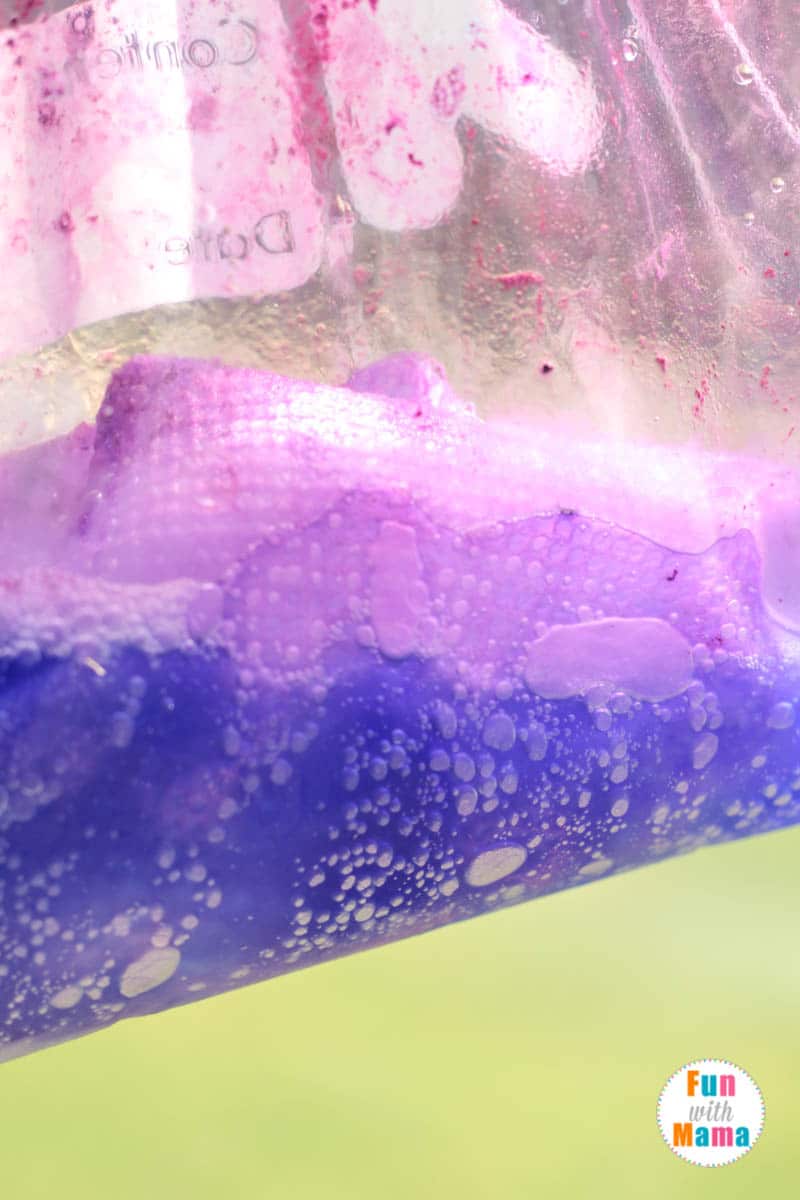


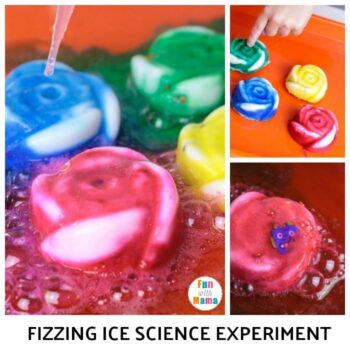
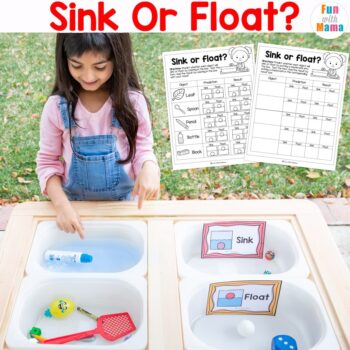
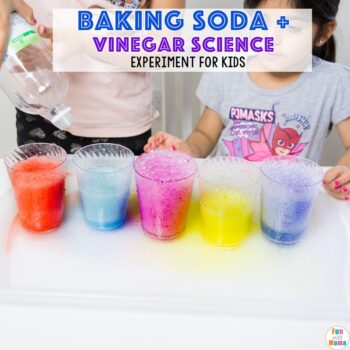
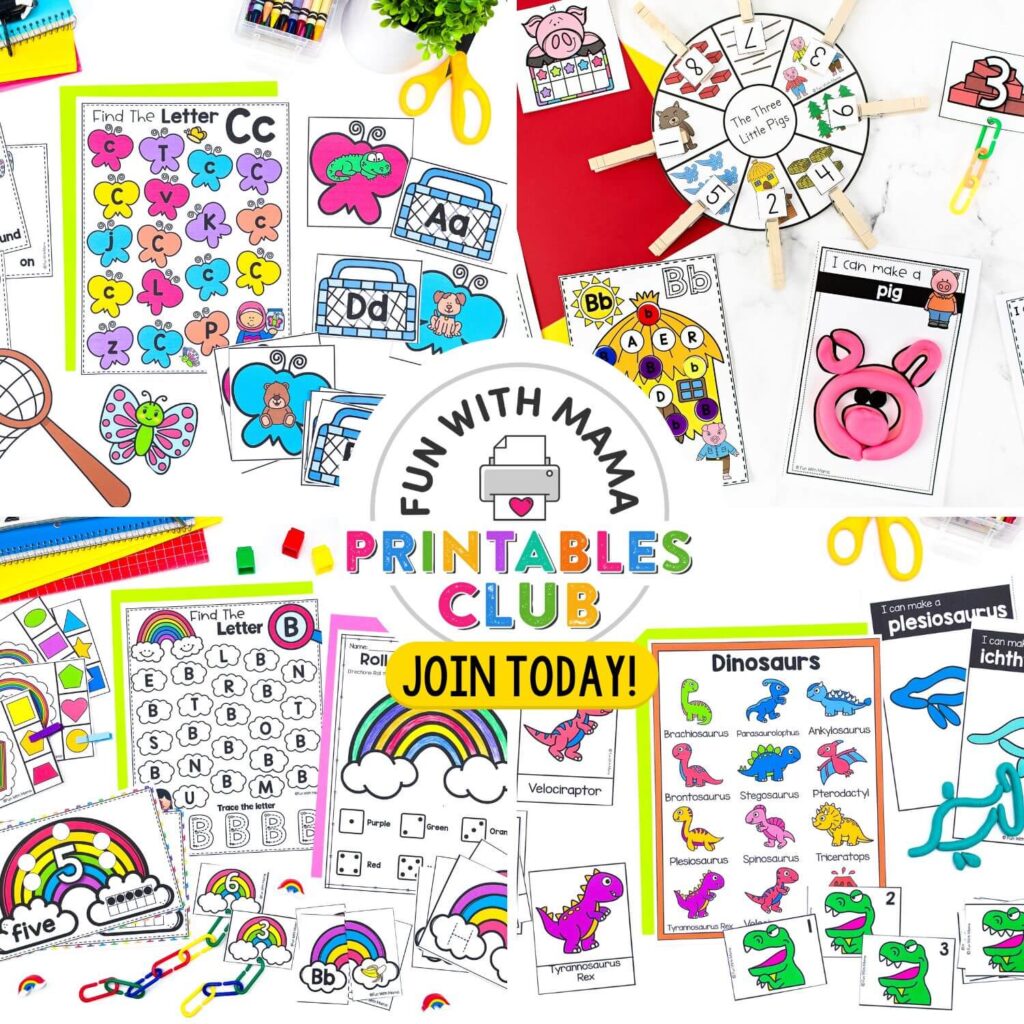

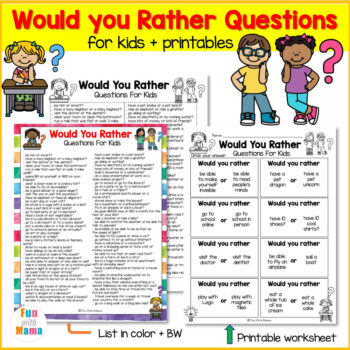
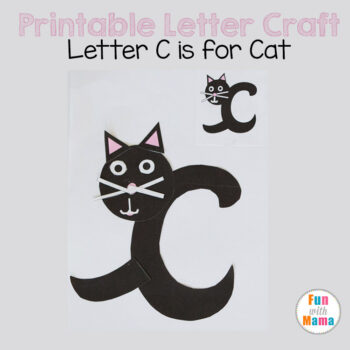
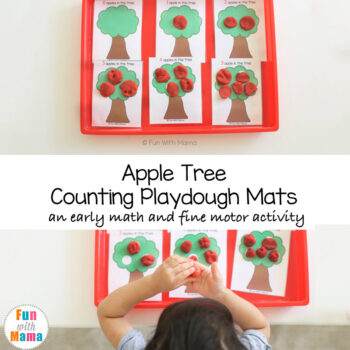
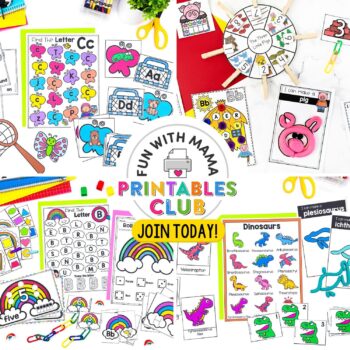
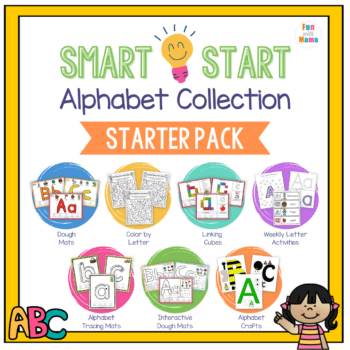
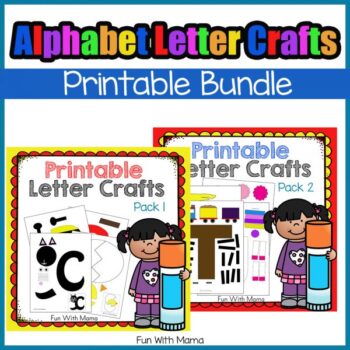
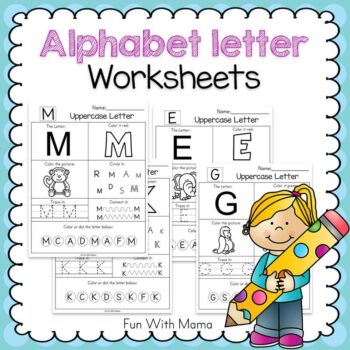
Leave a Comment